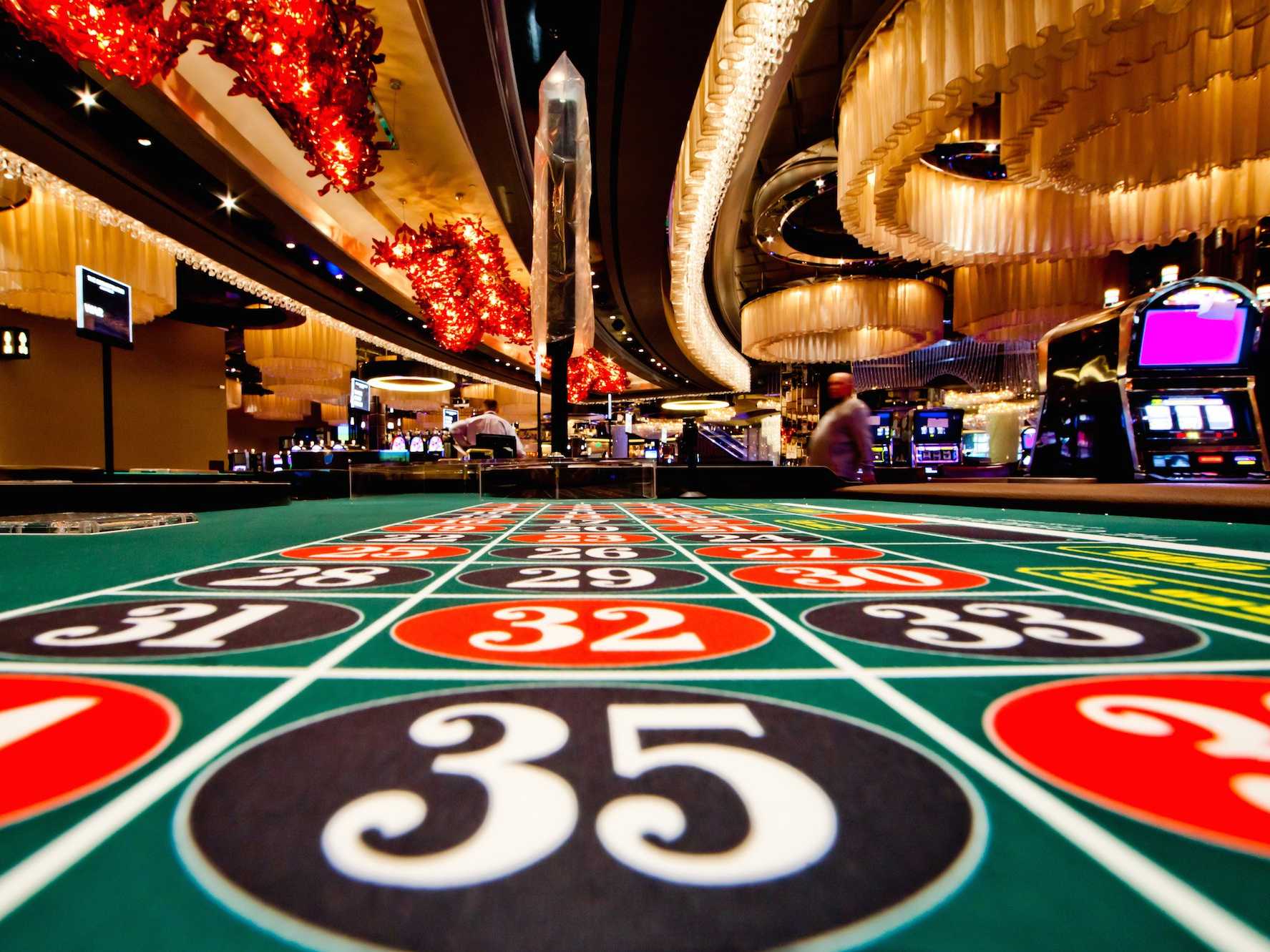The saga of slot machines is a fascinating journey that reflects the development of entertainment and wagering over the generations. From their simple beginnings in the late 19th century to turning into a fixture in gaming halls across the world, these games of fortune have gone through remarkable changes. Slot machines have mesmerized players with their bright designs, engaging concepts, and the potential of life-changing prizes.
Originally made as mechanical devices with rotating reels and limited symbols, slot machines have evolved into advanced tech-based games that feature modern tech and dynamic features. Currently, they draw in millions of players, each wanting to win big with just the lever pull of a handle or the press of a tap. Investigating the captivating history of these games reveals not just the narrative of a beloved pastime, but also a mirror of cultural shifts and progress in technology over the decades.
The Beginnings of Slot Machines
A tale of slot machines originates in the late 19th century, a time when mechanical devices were becoming popular in entertainment venues. The first true slot machine was invented by Charles Fey in 1895, referred to as the Liberty Bell. This machine featured three spinning reels and five symbols: hearts, diamonds, spades, a horseshoe, and the famous Liberty Bell. Players would pull a lever to spin the reels, and if the symbols aligned in a specific combination, players won a payout. Fey’s invention quickly captured the attention of gamblers and paved the way for future developments in casino slots games.
As the idea of the slot machine gained popularity, numerous inventors sought to improve upon Fey’s design. By the dawn of the 1900s, slot machines were becoming a frequent presence in saloons and amusement parks. In 1907, the first electromechanical slot machine was introduced by Herbert Mills, which featured a more intricate system of payout mechanisms and the renowned fruit symbols that are still linked to slots today. This evolution marked a major shift in the gaming industry, as machines became more entertaining and user-friendly, drawing in more players.
The popularity of slot machines continued to soar throughout the early 20th century, resulting in their extensive use in casinos across the United States. However, the rise of legal restrictions on gambling during the Great Depression presented challenges for the industry. Bbet88b.com Many machines were banned, but this did not halt innovators. Instead, they adjusted by creating machines that dispensed candy or gum instead of cash prizes, effectively circumventing the restrictions while still offering the thrill of a casino slots game. This creativity kept the spirit of gambling alive, setting the stage for the eventual resurgence of slot machines in modern casinos.
Development of Casino Slot Technology

The background of gambling machines started in the final 19th hundred years with the debut of the first traditional devices. A mechanic named Charles Fey, a San Francisco mechanic, presented the Liberty Bell slot machine in 1895, which boasted three rotating reels and five symbols: heart shapes, diamonds, spade symbols, a horseshoe, and the bell symbol itself. This basic yet captivating design laid the basis for the evolution of gambling slots, creating an instant draw for players searching for excitement and a shot to earn.
As tech progressed, so did the appearance and operations of gambling devices. By the middle 20th era, electronic mechanical machines surfaced, adding electrical components to boost gameplay and increase payout opportunities. These improvements allowed for greater complexity features like several paylines and larger jackpots. The casinos adopted these innovations, causing the growth of casino slots as a major source of profits within the casino business, essentially transforming the slots gaming experience.
The final 20th and beginning 21st hundred years brought the age of digital technology, leading to the introduction of video slots. These machines replaced traditional reels with monitors, enabling even more imagination in themes and gameplay systems. Players could now enjoy engaging graphics and sound effects, along with dynamic bonus rounds. https://bbet88b.com/ The transition to internet gambling further revolutionized the slots experience, allowing slots available to a global market whenever and anywhere, thus marking a fresh chapter in the development of gambling device advancements.
The Social Impact of Gaming Machines
These gaming machines have become more than just a means of entertainment; they have woven themselves into the essence of popular culture. Across movies and TV series to music and literature, these iconic gaming machines often serve as emblems of chance and risk. Films like Casino and Ocean’s 11 notably feature slots, depicting them as thrilling yet unpredictable elements of the gambling experience. Their unique attraction lies in the sound of coins clinking, the spinning reels, and the vibrant flashing lights, which in unison create an exhilarating atmosphere that captures attention.
In addition, slot machines have influenced social gatherings and events, making them a centerpiece in casinos and gaming venues. Numerous individuals do not just visit a casino to gamble; they attend for the entire experience, which encompasses the social interactions and the lively ambiance surrounding these machines. Special tournaments and themed gaming nights centered around these games also showcase their popularity, fostering social connections and collective fun among players. This community aspect has contributed to the machines’ enduring popularity.
The evolution of technology has further changed this cultural impact. Digital and online slots have expanded access to these games far beyond the walls of physical casinos. Players can now get their favorite casino slots game from home or on the go, leading to the rise of online communities and discussion boards where enthusiasts share strategies and experiences. The continuous innovation in game design and the inclusion of storytelling have kept the cultural importance of slot machines alive, attracting new generations of players while maintaining a connection to their historical roots.